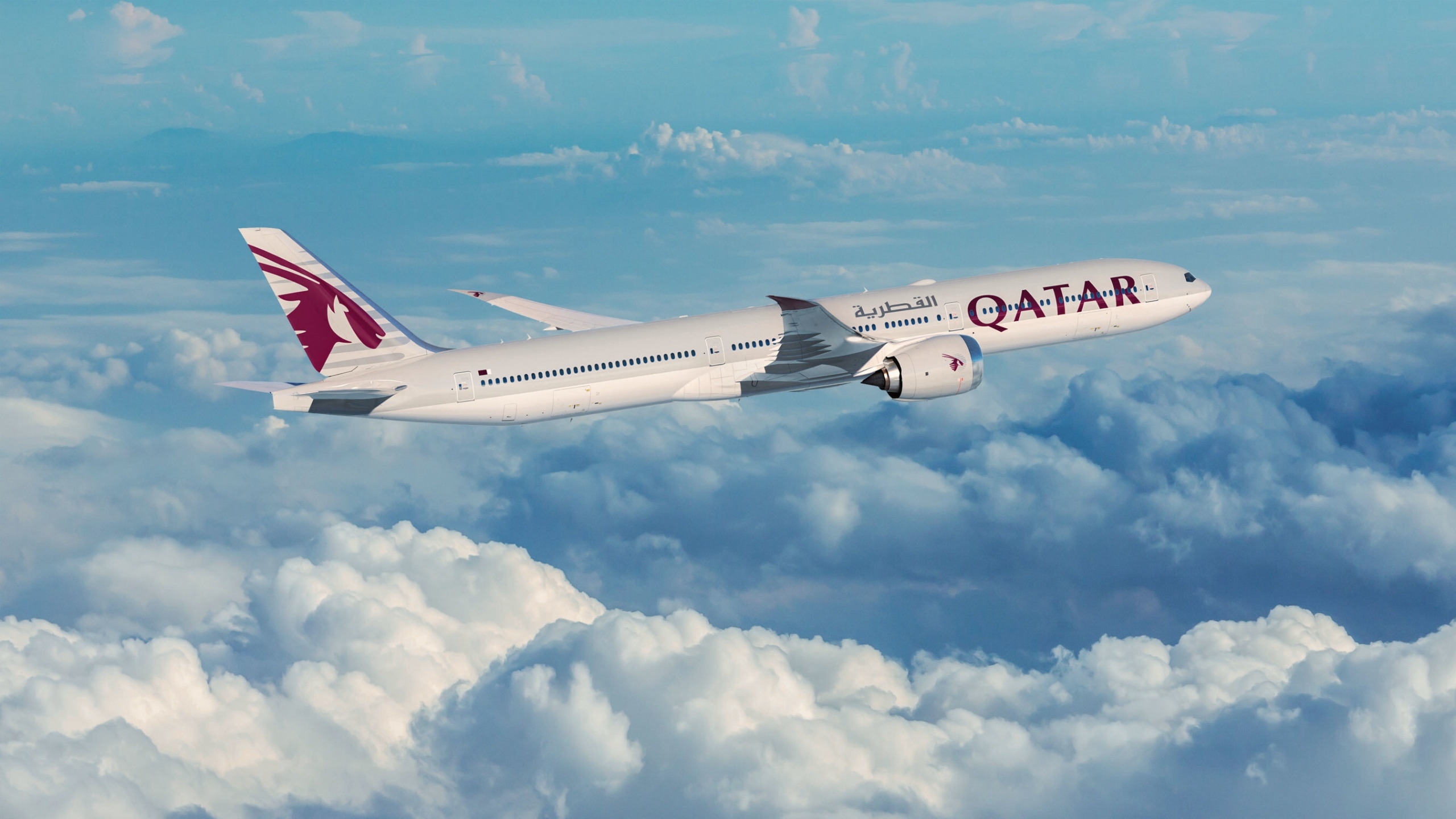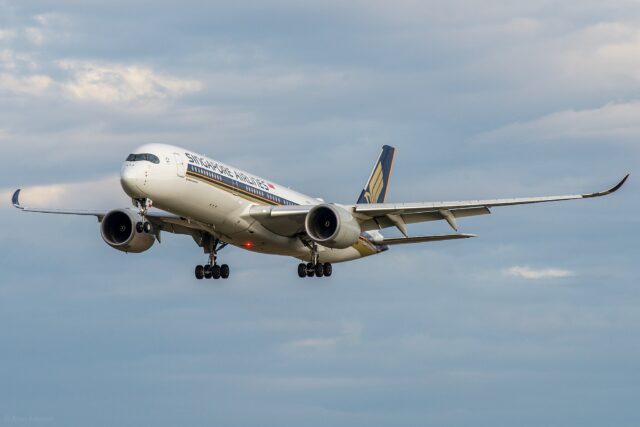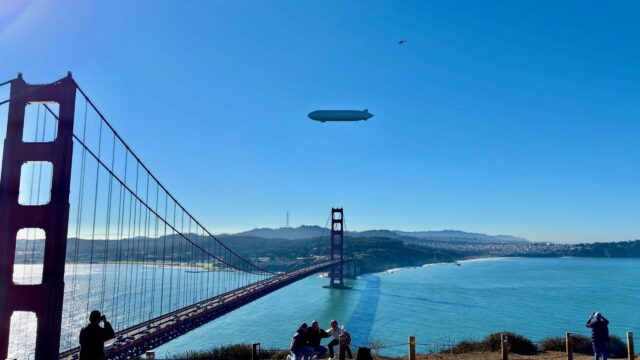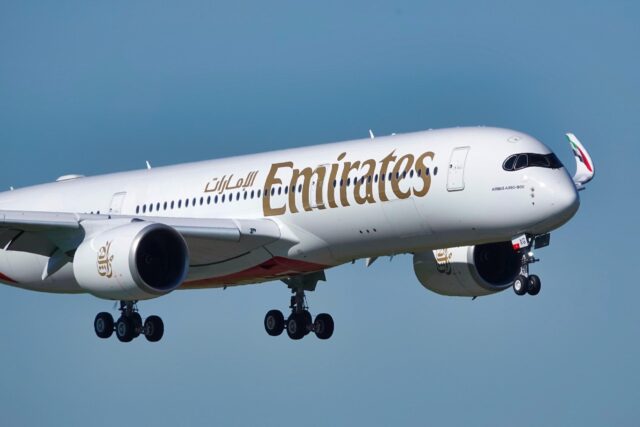Inside Boeing’s 777X test programme: meet the five aircraft shaping its future

August 24, 2025

Boeing is accelerating its test programme for the 777X – the US planemaker’s newest generation widebody airframe – as it pushes toward a hoped-for certification and delivery next year.
The Boeing 777X builds on hugely successful earlier iterations of the twin-aisle jet, while incorporating advanced technologies from the 787 Dreamliner.
Meet the Boeing 777X test fleet
The world’s largest twin-engine aircraft has been designed to deliver higher efficiency, lower environmental impact, and an improved passenger experience – and most notably, with folding wingtips that allow it to achieve efficiency gains in flight while using existing airport infrastructure.
The B777X will have capacity for 426 passengers in a typical two-class configuration and a range of 7,295 nautical miles (13,510 km).
Boeing is currently carrying out an extensive certification and validation programme for the 777-9, which includes both ground evaluations and flight trials.
At the start of the year, Boeing announced it had resolved a critical issue with the 777X’s engine thrust links, which had delayed certification flights.
Four specially equipped aircraft and a fifth production aircraft make up the flight-test fleet, each focused on different areas of performance and safety. Each has been flown in a different location across the western United States in the last week as they continue to undergo testing.
As we meet the aircraft, AGN would like to thank Aviation Flights and Planespotters for the latest data on the Boeing 777X test fleet.
WH001: The first Boeing 777-9 test aircraft
- Rolled out: March 2019
- Registration: N779XW
- Total flights: 710
- Total test flight hours: 2,153 hours, 54 mins

The first airframe, WH001, is being used to examine avionics and other flight systems, brakes, flutter (structural oscillations that can affect the integrity of the aircraft frame), low-speed handling and other stability and control tests.
WH002: The second 777X to join the fleet
- Rolled out: April 2020
- Registration: N779XX
- Total flights: 469
- Total test flight hours: 1,460 hours, 53 mins

WH002 is undergoing tests concerning autoland capability, ground effect assessments, icing conditions, stability, and control.
For the icing tests, WH002 had artificial ice shapes affixed to the aeroplane’s wings and other surfaces to demonstrate the aircraft’s performance in simulated icing conditions.
WH003: Boeing’s third test 777X
- Rolled out: August 2020
- Registration: N779XY
- Total flights: 195
- Total test flight hours: 724 hours, 43 minutes

The third aircraft in the series, WH003, is testing the auxiliary power unit, avionics, flight loads, and propulsion performance (pictured, main image).
WH004: The fourth test 777X aircraft
- Rolled out: September 2020
- Registration: N779XZ
- Total flights: 72
- Total test flight hours: 220 hours, 57 minutes
WH004 is focused on environmental control systems and noise testing.
Together, these aircraft have already logged more than 1,500 flights and 4,000 flight hours.

Alongside the flight-test fleet, selected production aircraft are also involved in certification work where unique test equipment is not required.
These cover areas such as extended operations (ETOPS), service-readiness, and functionality and reliability testing.
WH286: The first production 777X
- Rolled out: June 2025
- Registration: N2007L
- Total flights: 3
- Total test flight hours: 6 hours, 11 minutes
The first production aeroplane to join the programme, WH286, is being used to verify compliance with standards for protection against electromagnetic interference and lightning strikes.
Boeing clarified that this aircraft, which was built for Singapore Airlines, is not part of the official flight test fleet and therefore has not been designated ‘WH005’.

Unlike flight-test aircraft, production models are not fitted with the extensive sensors, monitoring equipment, or specialised interiors – such as water barrels for centre-of-gravity tests – that are needed for certification data collection.
Test aircraft must later undergo refurbishment to remove this temporary equipment before entering service.
Before any new aircraft takes to the sky, Boeing teams complete detailed ground checks and reviews to ensure flight readiness.

When production models join the 777-9 programme, company pilots fly a standard profile designed to validate the aeroplane’s structural integrity and onboard systems.
“It requires a tremendous amount of effort from many teams to safely plan and execute testing on a single aeroplane,” said Brandon Schmitz, 777X test programme manager.
“When you scale that up five-fold, it’s amazing to see our teams orchestrate successful testing across the entire fleet, especially in different locations.”

Boeing 777X orders
Boeing has racked up orders for more than 550 777X aircraft.
Earlier in August, Cathay Pacific became the latest airline to place an order for the 777X.
The Hong Kong-based carrier ordered 14 more 777-9 passenger jets, bringing its order book to 35 of the aircraft.
“We plan to expand and renew our fleet with the additional 777-9 aircraft,” said Ronald Lam, Cathay Group CEO.
Qatar Airways, the launch customer of the 777X, has almost 100 aircraft on its orderbook.

Korean Air, Ethiopian Airlines and Emirates are among the additional customers, across both variants: the 777-9 and the 777-8, a shortened derivative.
















